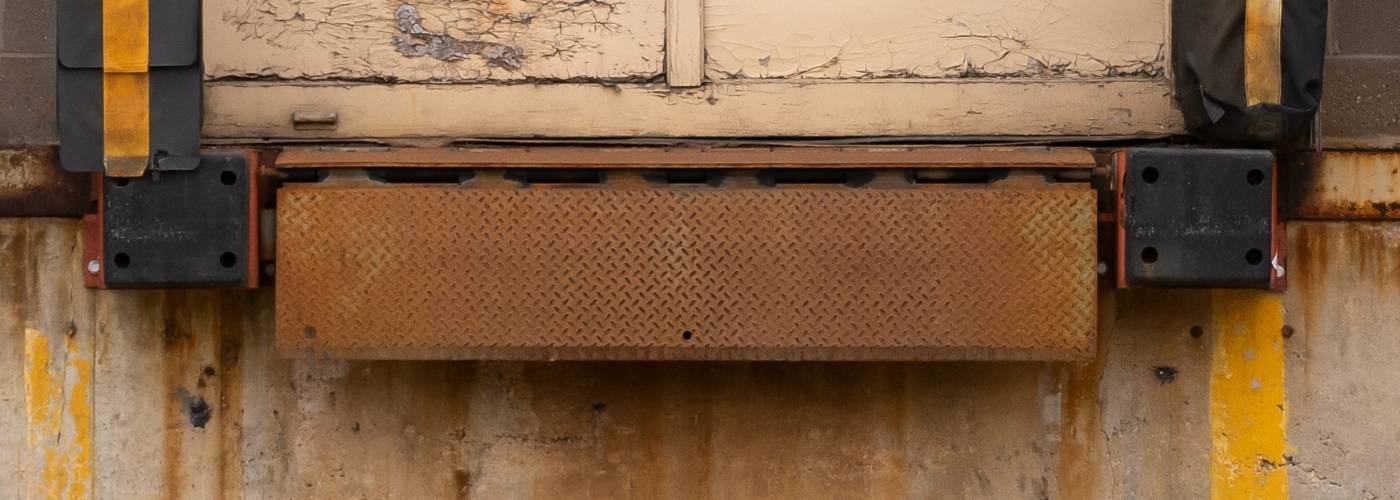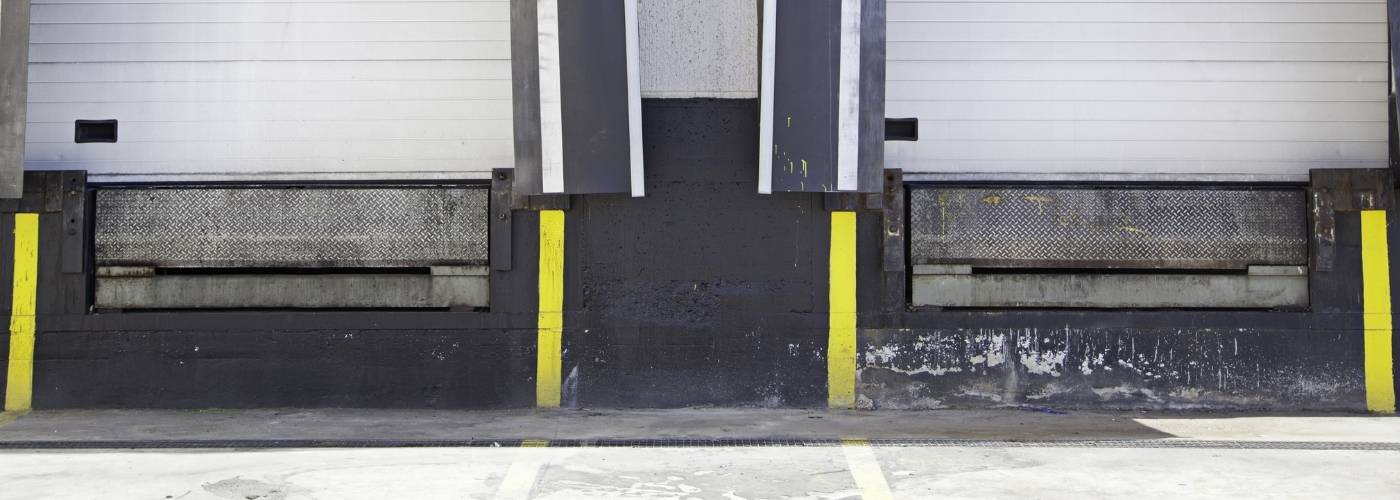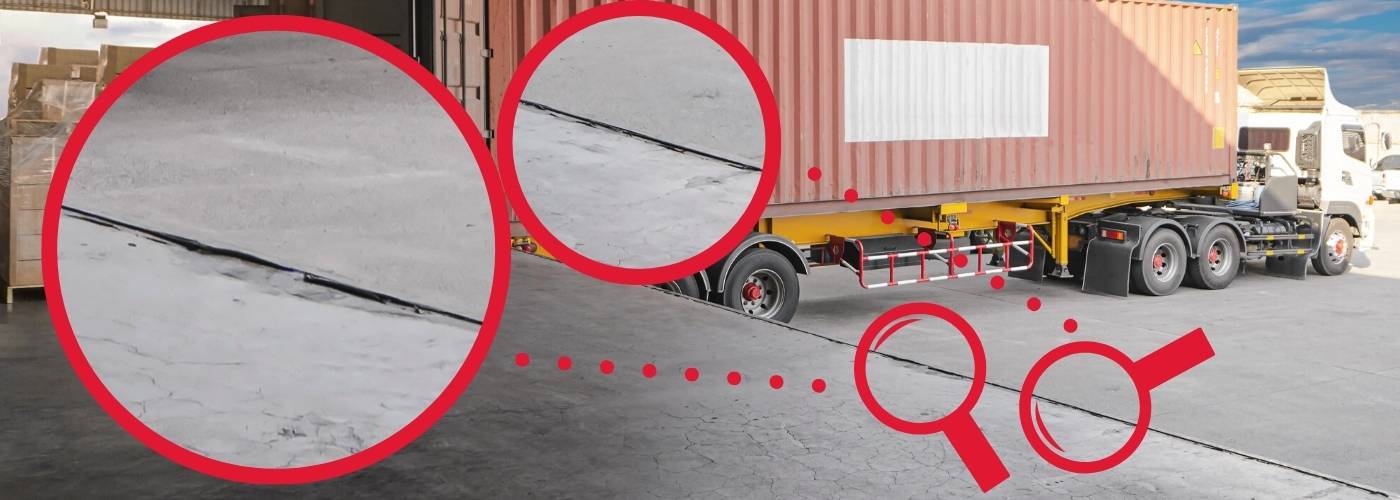Edge of dock repair is an essential part of maintaining any loading dock system. In order to ensure the safety and efficiency of a facility, it’s important to know when edge of dock repairs are needed. This article will explore the signs that indicate that a repair is necessary, as well as what can be done to address the issue.
Signs of a Bad Edge of Dock
When loading and unloading cargo from a truck, an edge of dock is an important piece of equipment. An edge of dock provides a safe and efficient way for workers to ease the process of transferring items from the back of a truck to the warehouse or other facility.
It’s essential that any edge of dock in use meets safety standards and works reliably. Unfortunately, many people don’t know how to recognize signs of a bad edge of dock so they can quickly address issues before they become worse.
The most obvious sign that an edge of dock needs maintenance or should be replaced is if it’s visibly damaged. This includes rust, dents, and worn components like hinges or wheels.
Additionally, if it can’t maintain its level position when loaded with cargo, this could indicate deeper mechanical problems within its structure or lifting mechanism.
When Does A Edge Of Dock Leveler Need To Be Welded?
Edge of dock levelers are an essential part of the warehouse loading process, as they provide a safe and efficient way to move heavy goods between docks and trucks. However, there is one important factor that needs to be taken into account when dealing with these types of levelers: when does a edge of dock leveler need to be welded?
Generally speaking, if the weight capacity or height requirements for an edge of dock leveler exceed its design specifications, it should be welded in order for it to maintain structural integrity.
Additionally, welding is required when any repairs have been made or modifications are necessary in order to operate properly. In order to ensure that the welding job meets all safety standards, it’s important that trained professionals handle the task.
How To Maintain An Edge Of Dock
Maintaining the edge of dock is essential for a safe and efficient working environment. Edge of dock levelers are an important piece of equipment that allow workers to bridge the gap between a loading dock and a truck or trailer.
Proper maintenance will keep your edge of dock in good condition, promote safety, and increase the longevity of your equipment. Here are some tips on how to maintain an edge of dock leveler:
First, inspect it regularly for wear and tear or other damage. Check for any cracks or excessive rusting, as well as weakened springs or cables that may need to be replaced. It’s also important to make sure that all nuts and bolts remain tight to prevent shifting or movement during operation.
Next, you should give the machine a good cleaning. If it’s an electric model, be sure to unplug it first. Then use a hose or pressure washer to remove any dirt or debris from the surface and frame of the unit.
Is An Edge of Dock Necessary?
An edge of dock is an important piece of equipment for many warehouses, and with good reason. Edge of docks are designed to be mounted on the top of a loading dock which creates a safe and efficient method for employees to move freight from the truck into the warehouse. This piece of equipment creates a safe loading dock area for employees and drivers alike.
These docks provide an extra layer of safety as they act as a barrier between the truck and loading dock while still allowing employees access to both areas. With this in mind, it is clear that having an edge of dock can be essential for warehouses who want to safely transport goods and materials.
However, there are some cases where an edge of dock may not be necessary or even advisable depending on the layout in your facility, type of freight being loaded/unloaded, or other conditions at your location.



